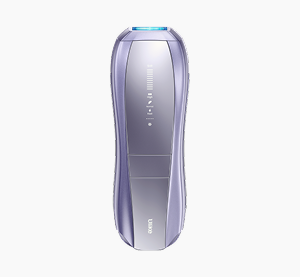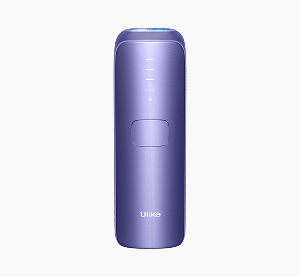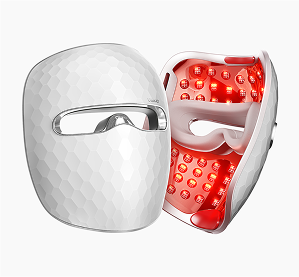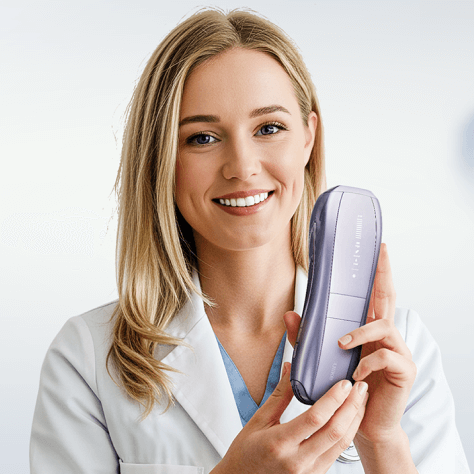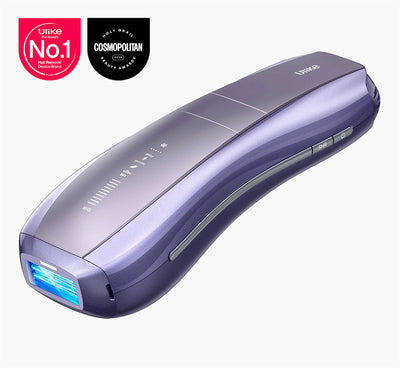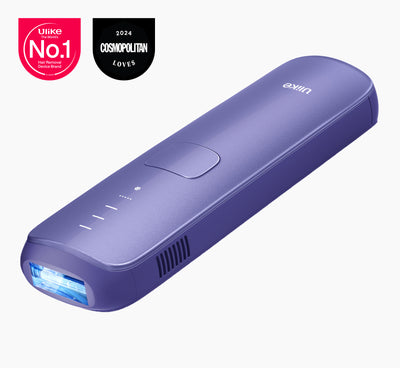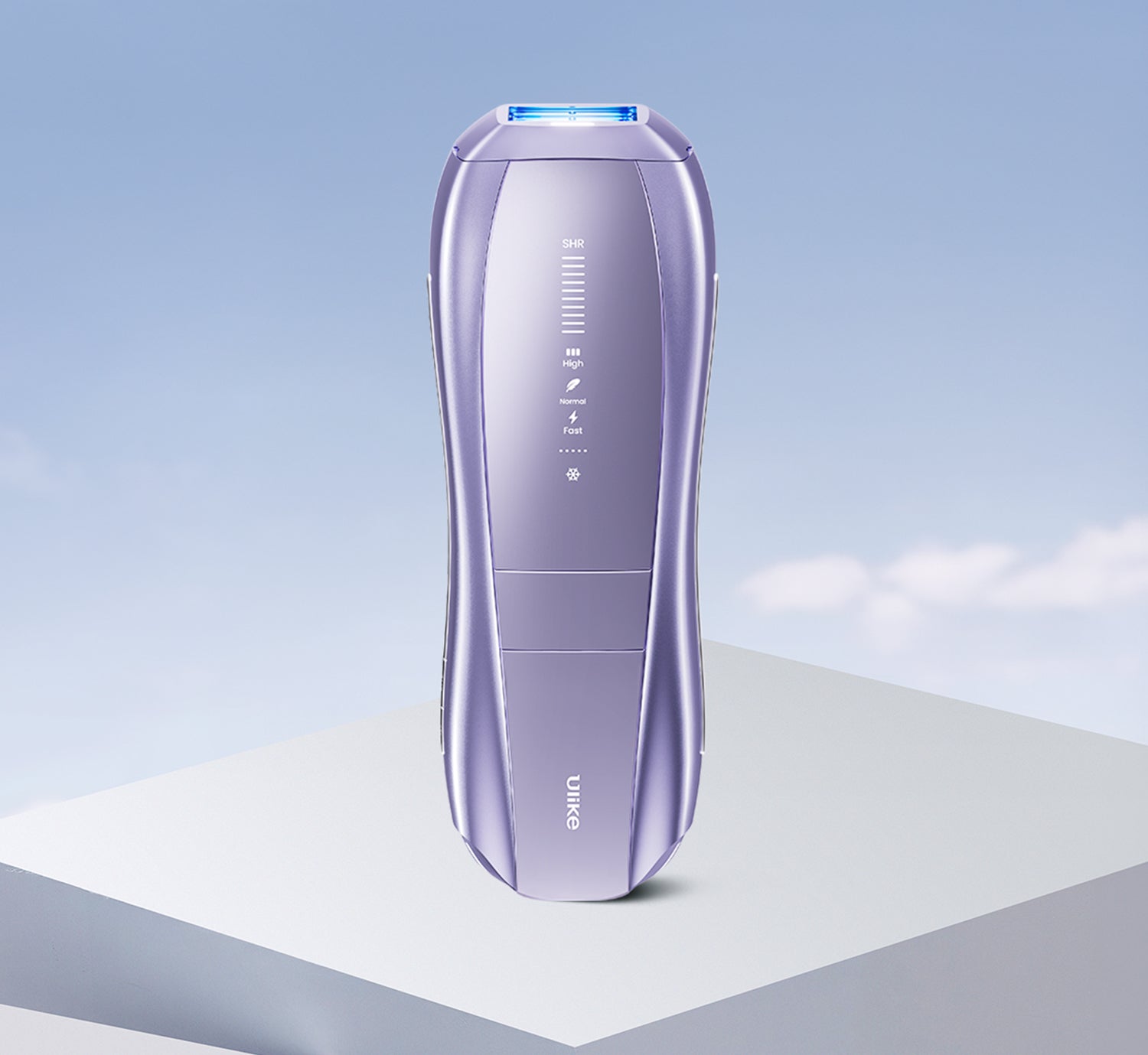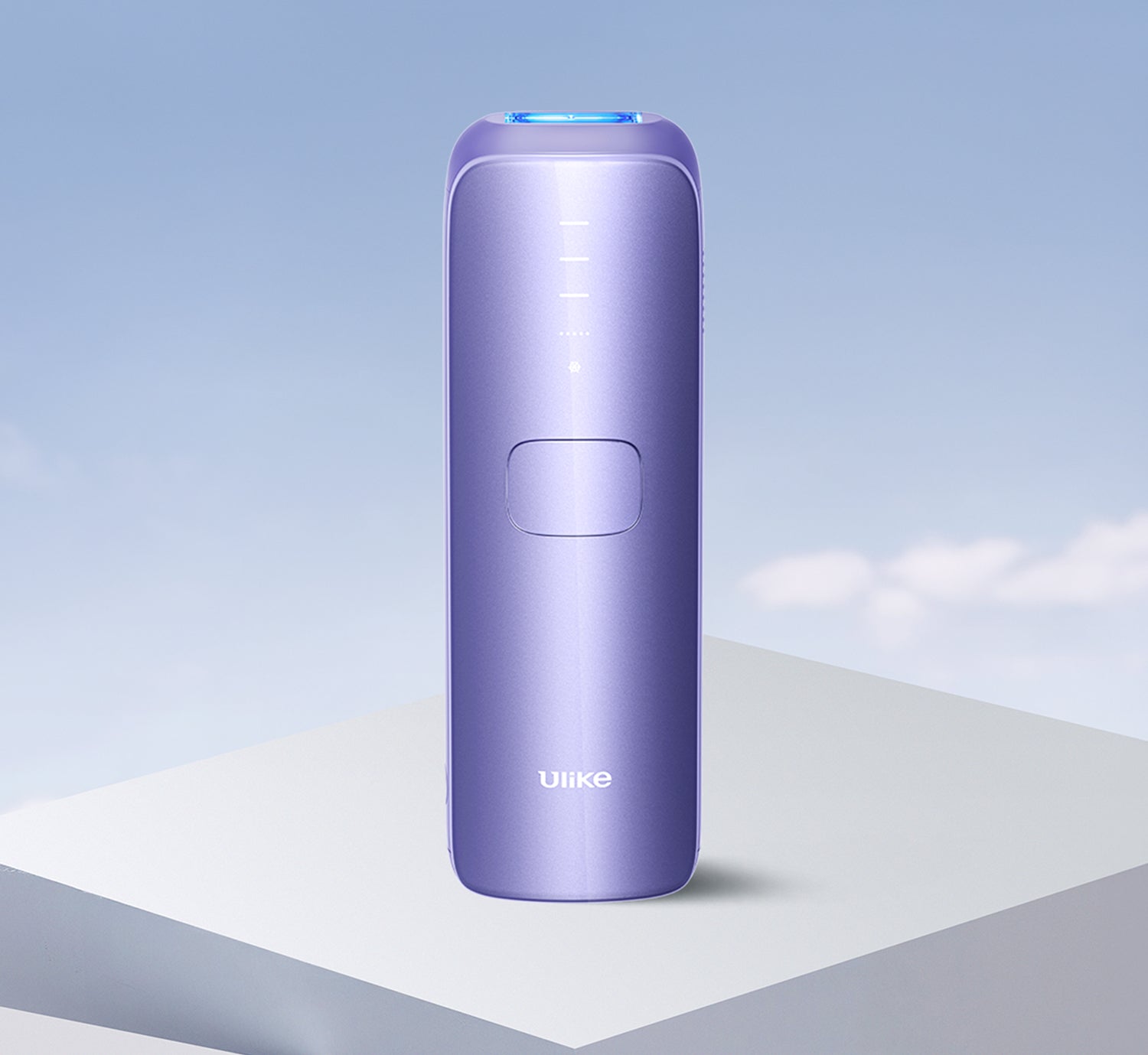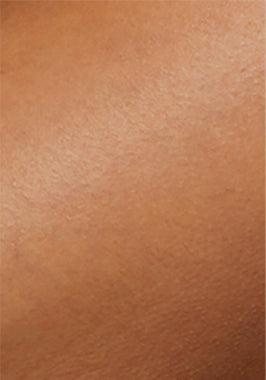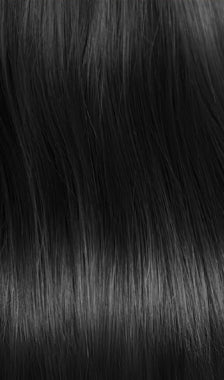
Hypopigmentation IPL Burns: Causes and Solution
IPL has become extremely popular because it is an extremely efficient treatment for hair removal and skin rejuvenation. IPL uses broad-spectrum light to treat pigmented skin areas and hair follicles, making it a noninvasive approach to a variety of skin issues.
But it has side effects. A possible side effect of IPL treatment is hypopigmentation, which occurs due to damage to the melanocytes. In truth, hypopigmentation IPL burns aren’t something you should be afraid of. Instead, let’s talk about the causes and solutions!
Table of Contents:
- Part 1: What is Hypopigmentation and How Does it Occur After IPL?
- Part 2: Does Hypopigmentation After IPL Goes Away?
- Part 3: How Long Does Hypopigmentation Last?
- Part 4: Treatment Options for Hypopigmentation After IPL
- Part 5: How to Prevent Hypopigmentation After IPL Treatments?
In this section, we will explore the definition of hypopigmentation and its mechanisms, particularly in the context of IPL (Intense Pulsed Light) treatments.
This part discusses whether hypopigmentation is a temporary condition and how the skin's healing process may lead to restoration of pigment over time.
In this section, we will examine the duration of hypopigmentation and the various factors that can influence its persistence after IPL treatments.
This part outlines the available treatment options for addressing hypopigmentation, which may include topical therapies and professional interventions.
In this section, we will provide insights on how to minimize the risk of hypopigmentation occurring after IPL treatments, emphasizing the importance of proper sun protection.
Part 1: What is Hypopigmentation and How Does it Occur After IPL?

The presence of light patches on the skin is called hypopigmentation. The cause of pale skin, especially in a person with a darker skin tone, is the fact that the body doesn’t produce quite as much melanin pigment as it normally would, so some parts of the skin can appear paler than it is naturally. IPL burns are one example.
There are two types of IPL treatments: It’s Hair removal and Skin rejuvenation. These are both light-based therapies in which intense pulsed light is used to remove hair or improve skin texture.
Here is how it is related to hypopigmentation:
- Our body has melanocytes that are responsible for producing melanin. It is a pigment that gives our eyes, hair, and skin dark or light colors
- In IPL therapy, the light energy released by an IPL device is absorbed by melanin pigment thus transferring it deep into the skin. It converts into heat, damages hair follicles, and improves skin appearance.
- Sometimes, when there is excessive absorption of light results in excessive heat production in the body which causes skin burns and damages the melanocytes. This leads to hypopigmentation.
- It mostly occurs in people with sensitive skin or those who have a darker skin tone as they high amount of melanin in them. High melanin means higher absorption of light which affects melanocytes. It can also be due to negligence of the clinician.
Excessive heat production during IPL treatments may lead to skin burns, which can damage the melanocytes, the cells responsible for melanin production, resulting in hypopigmentation.
Part 2: Does Hypopigmentation After IPL Goes Away?
Yes, hypopigmentation can go away after an injury caused by an IPL treatment. Our body starts its healing process thus recovering the melanocytes damaged by the intense light energy. Once they recover completely, they start producing melanin pigment and the affected area regains its original color.
However, based on the individual circumstance, this may not happen in every case. Hypopigmentation can be:
While hypopigmentation may fade in many cases, individual factors play a crucial role in the healing process.
- Temporary: In most of the patients who develop hypopigmentation after IPL, this can be resolved within a few weeks with proper aftercare. It is when the damage is not very severe and you are taking all the measures to speed up the recovery process
- Permanent: In 1-2% of cases, when the damage is very severe, our body’s natural healing process may not be enough to recover all the damaged melanocytes. As a result, hypopigmentation may persist for months to years
Understanding that this occurs in a small percentage of cases can help set realistic expectations for recovery after treatment.
Persisting or long-term hypopigmentation is also common in those with darker skin tones. Moroever, if you are using harsh products on the skin or not following a proper aftercare routine, the skin may not heal completely thus causing the light patches to stay on the skin for a long.
Part 3: How Long Does Hypopigmentation Last?

As mentioned earlier, the duration of hypopigmentation depends upon the severity of damage and the extent of your aftercare.
Factors such as skin type and the quality of aftercare can significantly influence the duration of the hypopigmentation.
Usually, the recovery process of our body is completed within a few weeks. The skin will start producing melanin soon after the damage and your skin color will go back to normal within some days
Early intervention and proper aftercare can contribute to a quicker return to your normal skin tone.
Those who have dark skin tone or have a higher severity of damage may have to wait for a year or two for the patches to go away
These individuals might benefit from tailored aftercare strategies to support their skin's recovery.
In very few cases when the melanocytes are damaged severely, hypopigmentation may become permanent.
Such cases highlight the importance of monitoring skin health after procedures to address any concerns promptly.
Part 4: Treatment Options for Hypopigmentation After IPL
Hypopigmentation after IPL hair removal or skin rejuvenation can be quite distressing. Here are some professional and DIY treatment options to get rid of it:
Addressing hypopigmentation effectively requires a combination of treatments tailored to individual skin types and conditions.
Professional Treatment Options
- Topical Creams: You can use skin-lightening topical creams containing ingredients such as hydroquinone, azelaic acid, or retinoids. They work by stopping the production of melanin which lightens out the skin and, in fact, makes it even toned. It does take a few weeks to start showing any difference though.
- Laser Therapy: IPL-associated hypopigmentation can be treated with several laser therapies. Controlled UVB light alone or with psoralens is used in phototherapy which induces melanin production. There is also an ablative laser that removes the top hypopigmented skin layer and stimulates melanocyte activity underneath.
- Microneedling: It is a minimally invasive procedure that uses tiny needles to create small injuries on the skin. This stimulates the synthesis of collagen, elastin, and melanin synthesis.
At-Home Remedies
Home remedies are slow to show results so you will have to use these consistently for a few months to treat hypopigmentation.
Consistency is key when using home remedies, even though they may take time to show results.
- Turmeric Paste: Turmeric has curcumin which stimulates the activity of melanocytes. Make a paste using five teaspoons of turmeric mixed with some mustard oil. Use this mixture twice daily
- Ginger: Ginger also can boost the production of melanin so it can also prove effective against light skin patches. All you need to do is to rub ginger directly on the affected area twice per day.
- Bakuchni Seeds: Bakuchni seeds can also fade away the hypopigmented patches by activating the melanocytes. To use this, mix powdered seeds with coconut oil and apply on the target area. It can cause redness and irritation so you need to be careful while using the mixture.
Using turmeric paste can not only aid in skin color restoration but also provide anti-inflammatory benefits.
Ginger's natural properties may also support skin health beyond just addressing pigmentation issues.
In addition to these home remedies, proper skin care can help in faster healing of the damaged cells and reduce hypopigmentation. Here are further details:
- Moisturize your skin regularly with a light moisturizer as IPL treatments strip away the moisture from the skin and make it sensitive thus slowing down the healing process.
- Protect your skin from the sun and wear sunscreen every time you go out
- Wear loose clothes to prevent the clothing fibers from touching the skin and irritating it further.
- Avoid applying any harsh skincare products as they will damage the skin and slow down the healing process.
Regular moisturization helps to maintain skin elasticity and promotes overall skin health during recovery.
Sun protection is crucial to prevent further pigmentation issues and protect sensitive skin post-treatment.
Wearing loose clothes can significantly reduce irritation and discomfort on sensitive skin after treatment.
It is essential to avoid harsh skincare products as they can exacerbate irritation and hinder the skin's natural healing process.
Part 5: How to Prevent Hypopigmentation After IPL Treatments?

Prepare Your Skin Before the Treatment
In order to avoid hypopigmentation after IPL treatment, you can start preparing the skin prior to the treatment. Regularly moisturize your skin so that it is smooth enough to withstand the intense pulsed light.
Regular moisturization not only helps prepare your skin but also enhances its ability to recover from the treatment.
Further, do not go for skin tanning before your treatment because it puts you at a higher risk of getting IPL burns. Also on the day of your IPL session, you need to avoid any harsh treatment such as exfoliation or any other treatments as that will make your skin easily prone to damage.
Gentle Cleansing
Gentle cleansing supports skin health to help the healing process and avoid hypopigmentation caused by IPL. For this, you must use a gentle cleanser to ensure that the product only removes impurities from the skin and does not damage the skin cells in any way.
Avoid Over Exfoliation
To make the session smooth exfoliating your skin is necessary before and after IPL. However, that does not mean that you need to exfoliate every day. Over-exfoliation damages the skin disrupts the protective skin barrier, and increases the risk of hypopigmentation during IPL treatment.
Choose the Clinic Carefully
Your treatment and its results mostly depend upon the place you are choosing. The chances of success increase if you select a well-established place. Thus, be careful before finalizing the clinic. To do this, ask for reviews of previous clients, check for online reviews, or book a consultation with the clinic and ask all your questions and choose it if you are comfortable.
Conclusion
IPL burns mostly occur when the device is used at the wrong energy level, or your skin tone is too dark or unsafe for the treatment. Damage to melanocytes and loss of melanin pigment from a certain spot of skin causes hypopigmented skin patches.
Mostly they can resolve on their own. If the condition does not subside after a few weeks, you can get it treated with microneedling, laser therapy, or topical creams. Adding Turmeric or ginger as a natural remedy is possible, though most importantly remember always to check on your skin regularly and see professionals about skin healing and the risks of hypopigmentation.

The 10 Best Hair Masks to Repair Dry and Frizzy Hair (2025)

Lanugo Explained By a Dermatologist: Nature, Function, Causes, and Treatment
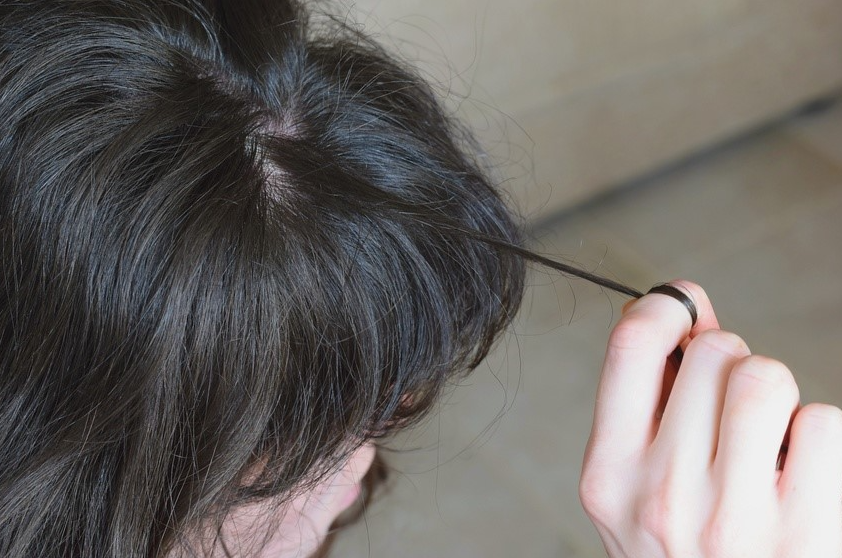
Trichotillomania: A Dermatologist’s Guide to Managing Hair-Pulling Disorder
Free Virtual 1-on-1 Consultation


